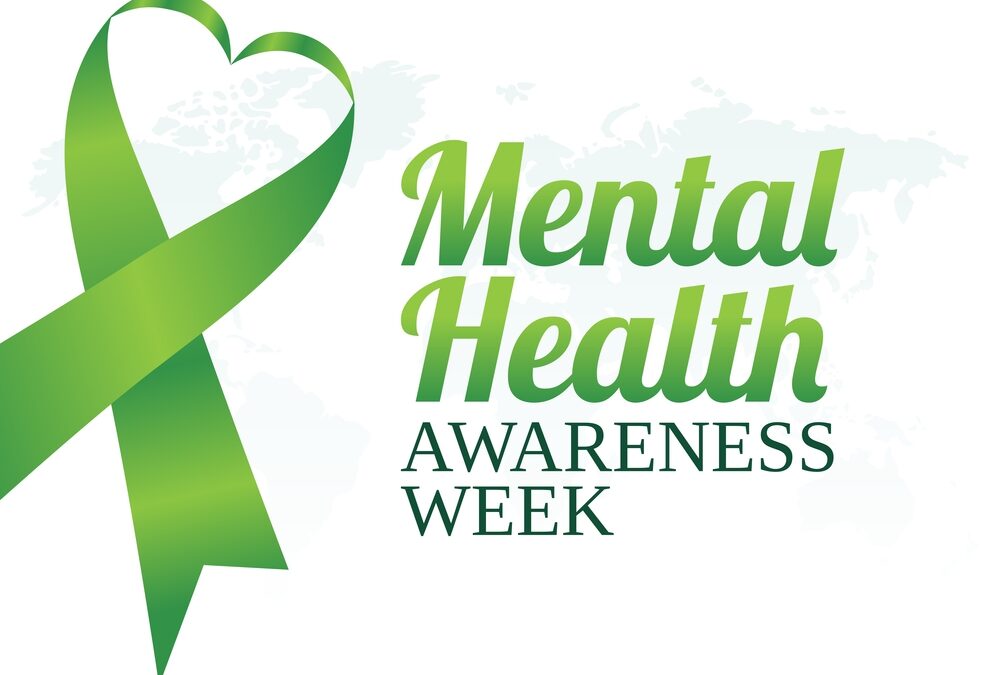Introduction
As we mark Mental Health Week, the conversation around workplace wellbeing often turns toward kindness, empathy, and flexibility—and rightly so. But a mentally healthy workplace isn’t built on good intentions alone. It’s built on a foundation of psychological safety, clear standards, and accountable leadership.
True support for mental health isn’t soft—it’s structured. It means having the courage to build cultures where people feel safe to speak up, safe to make mistakes, and safe to thrive—without being subjected to ambiguity, unfair treatment, or toxic behavior.
At Workright, we’re committed to helping businesses create mentally healthy, psychologically safe environments that support people without lowering expectations—and that hold everyone, including leaders, to a fair and respectful standard.
What Mentally Healthy Workplaces Actually Look Like
A truly mentally healthy workplace does three things well:
- It creates safety through structure – Expectations are clear, and communication is honest.
- It supports mental wellbeing without sacrificing accountability – Empathy is paired with consistency.
- It addresses harmful behaviors directly – Even when those behaviors come from top performers.
- Psychological safety isn’t the absence of pressure—it’s the presence of respect, fairness, and clarity.
Why Clear Boundaries Are Essential
One of the biggest misconceptions about supporting mental health is that it means avoiding hard conversations, being endlessly flexible, or lowering the bar.
In reality, boundaries make people feel safe. When employees know what’s expected of them—and what behavior they can expect from others—they’re less anxious, more engaged, and better equipped to do their best work. Flexibility without clarity leads to stress, not freedom.
Being attuned to your team doesn’t mean being indecisive. Clear boundaries, consistently applied, are a key pillar of psychological safety.
Holding Everyone Accountable—Even Leaders
No mental health initiative can succeed if toxic behavior is tolerated because it comes from someone “important.” Unfortunately, this happens more than we admit—especially when a high-performing manager is involved.
Case Example: When Performance Overshadowed Culture
At a fast-growing tech firm, a senior leader was praised for consistently delivering high-impact results. But behind closed doors, they frequently dismissed team input, micromanaged, and made belittling remarks. Junior staff complained—but action was slow.
The leader was eventually removed after a spike in resignations and a dip in team morale. By that point, the psychological damage had been done: trust in leadership eroded, and productivity fell across the department.
The lesson? Protecting culture and mental health sometimes means having difficult conversations at the top. There’s no psychological safety where harmful behavior is excused because it comes wrapped in results.
How to Build Real Psychological Safety
- Train Leaders, Don’t Just Promote Them
- Support leadership with the tools to communicate clearly, listen actively, and manage fairly.
- Respond to Harmful Behavior Swiftly
- Create clear channels for reporting and be transparent about consequences—regardless of who’s involved.
- Set Clear Standards and Healthy Boundaries
- Psychological safety thrives when expectations are known and consistent—not when they’re vague or constantly shifting.
- Integrate Mental Health into Culture, Not Just Policy
- Make it normal to talk about stress, support, and wellbeing—from team check-ins to performance reviews.
- Model Respect and Accountability at Every Level
- Build a culture where everyone, including leadership, demonstrates the behavior you expect others to follow.
Conclusion
Supporting mental health at work is not about going soft. It’s about going strong on the right things: respect, fairness, clarity, and compassion. A psychologically safe workplace doesn’t avoid hard truths—it makes space for them, and handles them with integrity.
During Mental Health Week and beyond, let’s move past surface-level wellness talk. Let’s commit to the real work of creating environments where mental wellbeing is protected, and where no one’s safety depends on someone else’s status.
Because safe doesn’t mean soft—it means strong, fair, and human.

